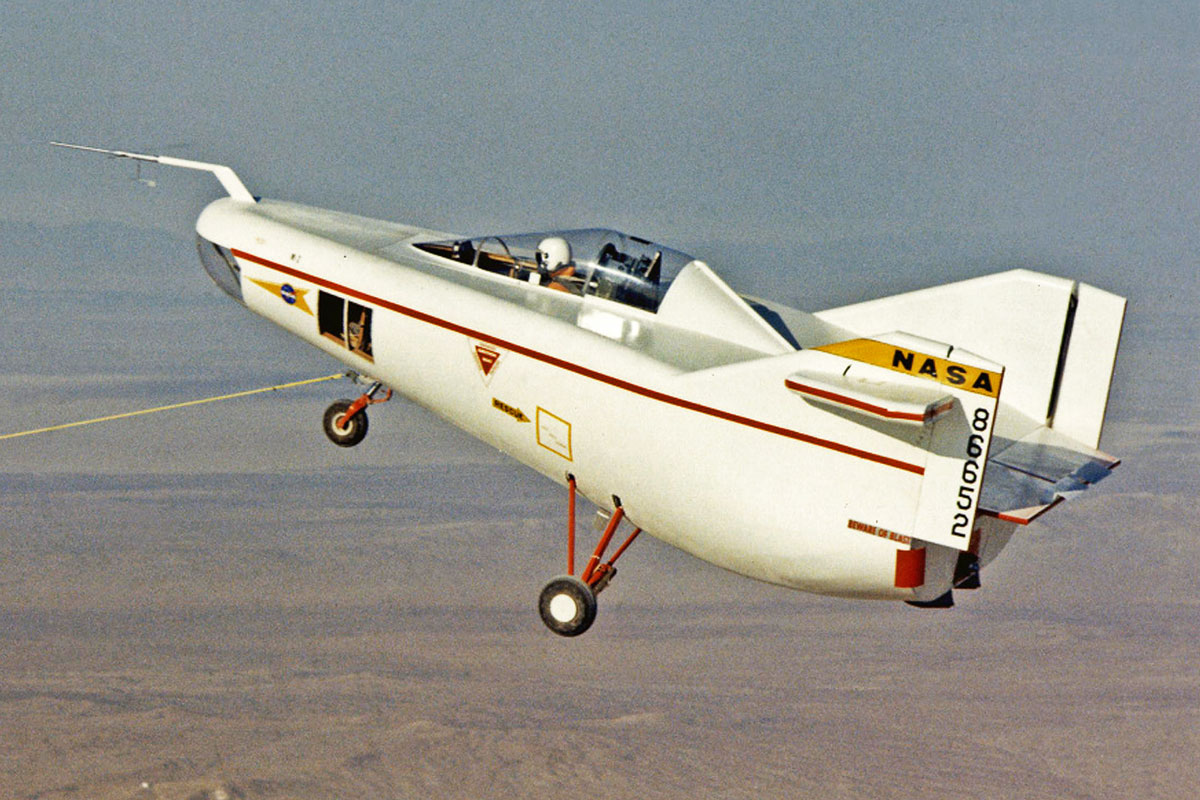After knowing some aircraft designs that bet on unusual shapes, in the second part of the article we will learn more about quite different proposals, such as one of the first large passenger planes in history and small concepts that used the fuselage itself to generate lift.
de Lackner HZ-1 Aerocycle
Creator of the Vought V-173, Charles Zimmerman surprised again in the 1950s. The engineer came up with what may have been the first kinetic-controlled vehicle in history, the HZ-1 Aerocycle. It was a platform formed by a central engine that operated two counter-rotating propellers, just below the pilot’s platform. With a simple design, the Aerocycle was intended to be an individual vehicle for US Army soldiers on the battlefield and who would learn to fly a vehicle in less than 30 minutes. The equipment was controlled by the movement of the soldier’s body, hence the term ‘kinetic’, later used in video games. Despite this, the Aerocycle was complicated to operate, which caused the American government to give up on the project.
LTV XC-142
Once again, the United States armed forces tried to find a vehicle that could do more than helicopters. In the 1960s, Air Force, Navy and Army applied for a vertical take-off aircraft (V-STOL) capable of carrying troops and other equipment and flying at speeds higher than the Sikorsky CH-37 Mojave helicopter, which they were supposed to replace. Vought, best known for naval fighter jets, teamed up with Hiller and Ryan, manufacturers with the most helicopter experience, to create the XC-142.
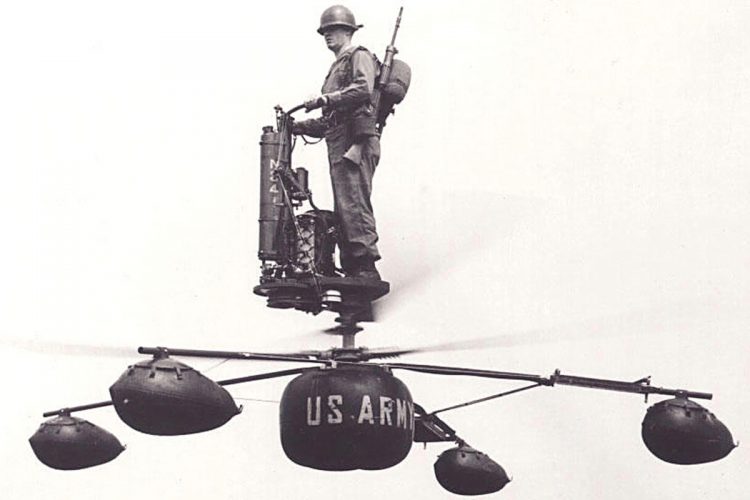
Later, as part of the LTV group, the XC-142 secured a test contract signed with the government and five prototypes were built. The model used the concept of tilting wing, which was raised in order to transform the four turboprop engines into strength for vertical landings and takeoffs, in an operation similar to that of tiltrotors, which in this case only move the engines.
Although quite powerful and capable, the XC-142 suffered from the pressure that was reflected in the ground, which made assault operations difficult – the soldiers would be shot down by the jet of air produced. Still, the aircraft made several flights and operations aboard aircraft carriers, but the US Navy soon abandoned the project. A lighter version was planned by the USAF, taking advantage of the exit of the Navy, but the remaining planes ended up being transferred to NASA for studies of V-STOL operations.
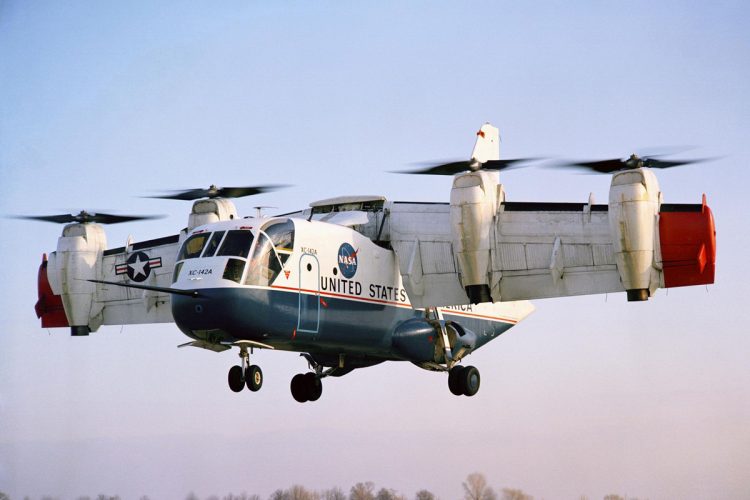
Lippisch Aerodyne
Alexander Lippisch is an unknown name for many people, but not his creations. German aeronautical engineer was the forerunner of some concepts that still influence aircraft today. He conceived, for example, the first flying wings even before World War II, as well as being an enthusiast of airplanes with delta wings (which inspired Convair’s fighter projects in the 1960s). Creator of the Messerchmitt MEe 163 Komet, a rocket fighter, Lippisch also developed a wingless plane, known by the name “Aerodyne”.
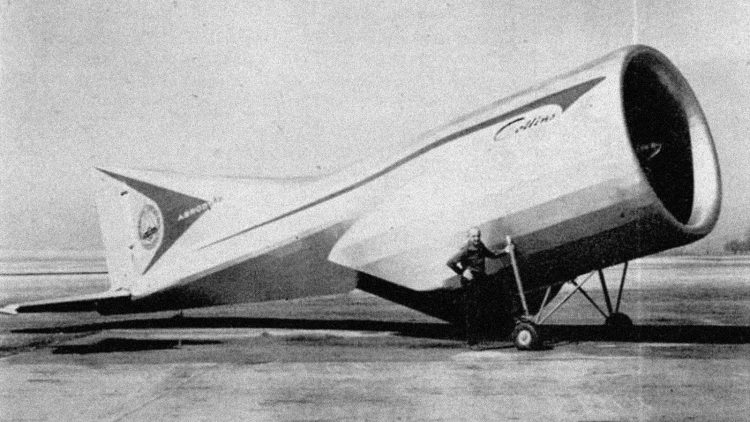
The Aerodyne project started in the 1960s and had an unmanned prototype built. It consisted of a curious aircraft: the immense air intake directed the flow to two coaxial propellers that served as vertical and horizontal propulsion, with huge fins that directed the flow as needed. The concept ended up being tested in a jet-powered version in the early 1970s, however, the German’s brilliant idea did not even become a mass-produced airplane.
Caproni Ca.60
Aircraft with 100 seats are common today, but at the beginning of the last century. One of the pioneers of aviation, Gianni Caproni envisioned the concept of a massive aircraft for that time, with 30 meters of wingspan and almost 24 meters in length capable of carrying 108 people on board. It was the end of the decade of 1910 and shortly after the end of World War I when Caproni put his idea into practice, a seaplane with no less than eight engines and nine wings, in triple sets.
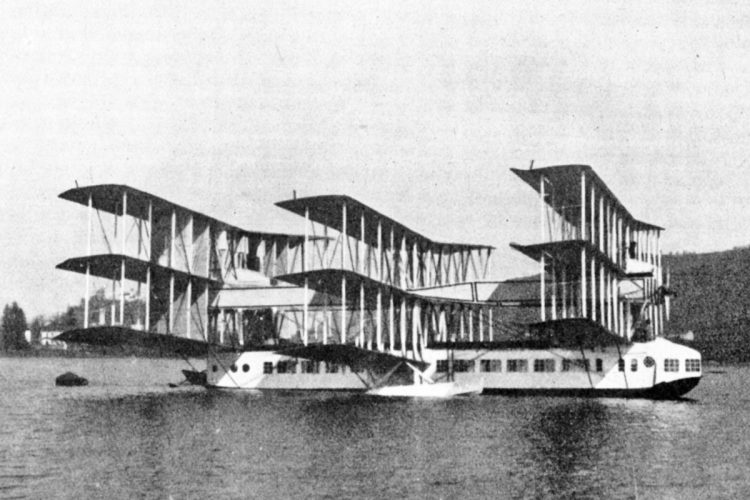
In early 1921, the Ca.60 Transaero was ready for testing at Lake Maggiore, in northern Italy, on the border with Switzerland. After a short flight of a few hundred meters, the hydroplane took off for the second time, but it became unbalanced in the air and hit the surface, causing irreparable damage – its structure was very fragile and made almost entirely of wood. With regret, Caproni ended up giving up on the project due to lack of resources, but the designer foresaw what would be commercial aviation in the distant future.
Northrop HL-10
The Northrop HL-10 was one of several prototypes of lifting bodies. The concept meant the adoption of a fuselage design capable of generating lift on its own, without the need for wings. NASA ordered several aircraft models with this design in the 1960s to prove their flight characteristics. The first prototypes, such as the M2-F1 were launched from the wings of B-52 bombers, but later they were equipped with rocket engines and started to take off from runways.
After several flights, the concept was considered promising, accumulating great speed and altitude. Thanks to this, the lifting body came to be considered to give rise to the Space Shuttle in the early 70’s. To this day, several futuristic aircraft projects refer to the use of the blended wing body.
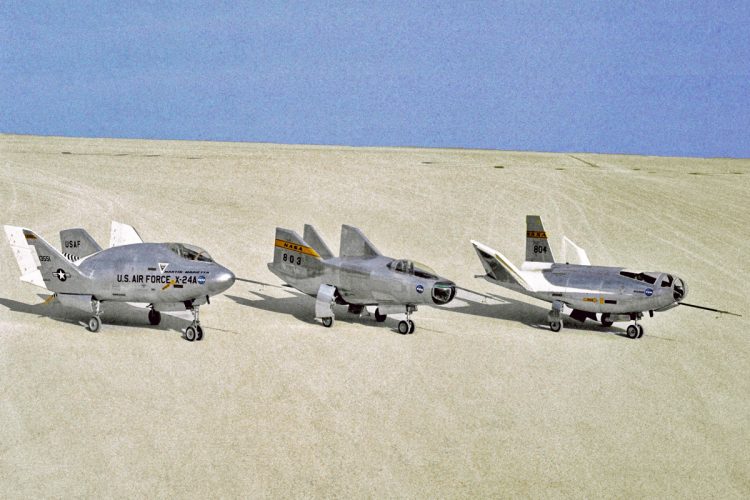
See also: Aircraft that dared to reinvent the way of flying – part 1

